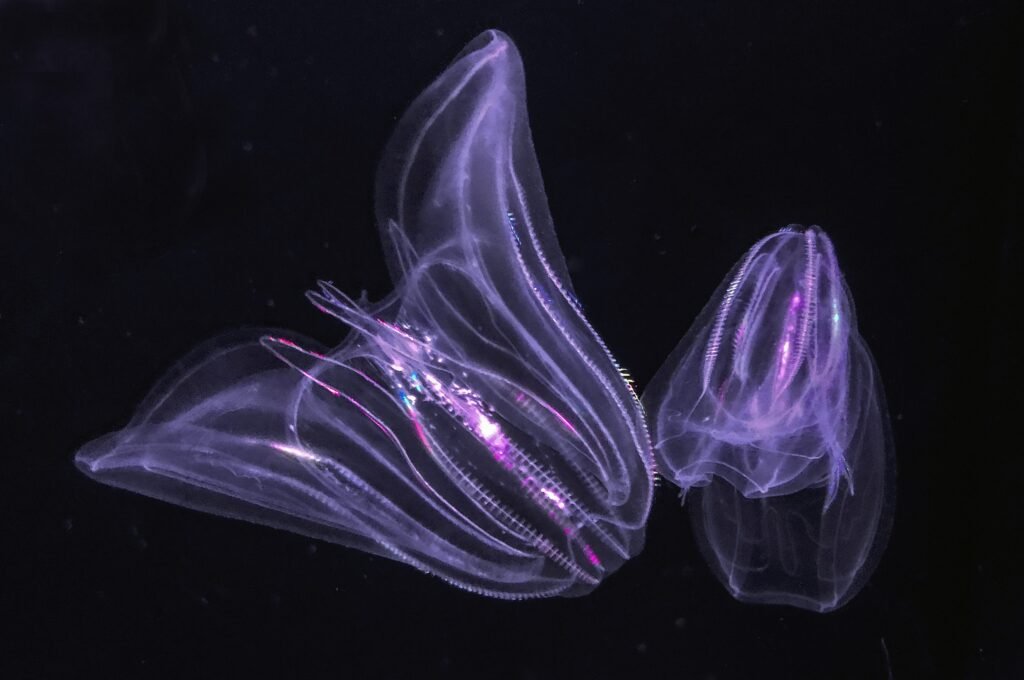Scientists created artificial cells similar to human cells
Scientists have created artificial cells using inorganic substances that actively take in, digest, and expel material, which act like essential functions of live cells or human cells.
This study shows the newly created artificial cells can be used in environmental science and medicine. The capacity of living cells to absorb energy from their surroundings and use it to pump molecules into and out of their systems is one of their basic functions. This is the “active transport process.”

Active transport refers to the process of moving these molecules from lower levels to higher levels using energy. Cells can store energy, remove waste, and take essential substances like glucose or amino acids using active transport.
Hence, scientists created artificial cells to build microscopic structures that mimic the characteristics and actions of human (living) cells. However, these cells typically could not carry out complex functions like active transport.
Scientists created artificial cells at the University of Chicago and New York University. These cells can carry out simple active transport processes by catching, concentrating, storing, and distributing microscopic material when placed in a mixture of different particles.
They made these artificial cells with a few components without using living materials. They also used a polymer to create a spherical membrane about the size of a red blood cell.

This membrane is an alternative to the cellular membrane (living), which limits what enters and leaves a cell. Scientists also made a nano-channel in this circular membrane to move matter around. It is similar to the protein channel in a cell.
But for the cell models to do the work needed for active transport, they needed a way to power the cell-like structure to take in and send out matter. Hence, the active movement needs energy, which mitochondria and ATP in living cells provide.
Scientists provide this energy in artificial cells by adding a chemically reactive part inside the nano-channel. When light hits, it works like a pump. This study is published in the journal Nature.
Read More:
- Sea creature turns into a baby when it is stressed out showing time travel
- Realme Narzo 70 Turbo 5G launch date, features, specifications & price
- European Space Agency printed 3D metal part in space for first time
- Earth’s mysterious Alaska triangle where over 20,000 people disappeared
- Philips Hue launched a new smart lighting solution for kitchen
- NASA to launch life-searching spacecraft to Jupiter’s moon Europa
Share this content:










Post Comment